Terpenes are organic compounds that provide the aroma and flavor in cannabis and a variety of other organisms, including plants. Terpenes are responsible for the aroma and flavors of cannabis and influence its effects by interacting with cannabinoids. Terpenes are formed inside cannabis trichomes, and their relative presence is directly affected by both the spectrum and intensity of light exposure.
More about terpenes
Terpenes are aromatic molecules responsible for the unique aroma of each cannabis cultivar. The appealing aromas and flavors we experience when we consume cannabis are all thanks to terpenes. Each cannabis cultivar has its own unique aroma because it has its own distinct terpene content. Whether you smoke cannabis flower, dab concentrates, or vaporize either, these molecules are hard at work delivering tasty citrus, diesel, woody, pine, skunky, coffee, spicy, herbal, or tropical flavors to your palate.
How terpenes interact with the human body

Terpenes do more than provide flavor and aroma. They also support other cannabis molecules in producing desired effects. This is called the entourage or ensemble effect, and it’s the reason these aromatic compounds have become such a critical area of cannabis research.
Whether consuming cannabis for personal or medical use, we all go to cannabis for the same thing — the effect. The entourage effect presents a reality in which the right cocktail of cannabis compounds will prove more potent and effective than an isolated compound.
Terpenes and cannabinoids may either exaggerate or suppress one another’s effects, depending on which combination is present in a given cultivar and how an individual responds to it. Mounting scientific evidence suggests that terpenes play a considerable role in not only tempering the intoxicating effects of THC, but also creating synergy with phytocannabinoids and even increasing their therapeutic value.
A huge factor in the cannabis industry’s current terpene boom is the growing popularity of dabbing — the act of inhaling vaporized cannabis concentrates through a temperature-specific heating method such as a dab rig, e-rig, or vaporizer. Dabbing concentrates at high temperatures typically results in a smooth, tasty cannabis experience. What many dabbers may not be aware of is the possibility that terpenes produce toxic chemicals when heated to high temperatures.
According to a study from Portland State University, vaporizing terpenes at the high temperatures required for dabbing may produce the toxicants methacrolein and benzene, which have been linked to certain cancers. So, if you want to enjoy a flavorful dab without heating the terpenes to toxicity, dab at as low a temperature as possible.
Prominent terpenes
Although hundreds of different terpenes have been found in cannabis, only a select group of them are sufficiently present to warrant mention. These are the 11 most prominent terpenes in cannabis, along with their aromas, boiling points, and potential health benefits as shown in experiments on animals.
Myrcene
Myrcene is one of the two most prominent terpenes in cannabis — the other being caryophyllene — meaning most cultivars on the market are dominant in one or both. It carries the signature earthy aroma found in most cannabis plants.
Similar to several other cannabis compounds, myrcene may be an effective anti-inflammatory. A 2015 study in cultured cell models indicated that myrcene may be helpful in treating osteoarthritis. Another study, conducted on rats, found that myrcene may also alleviate pain.
Caryophyllene
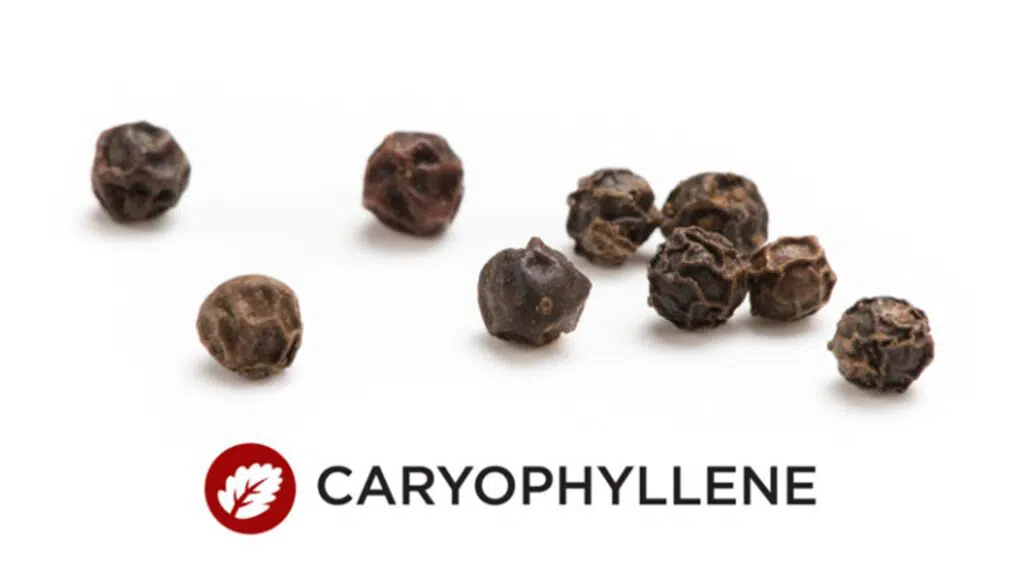
Beta-caryophyllene is another predominant terpene found in cannabis. In addition to cannabis, caryophyllene is found in hops, cloves, and rosemary. It carries an herbal aroma synonymous with these plants.
Like myrcene, caryophyllene has both anti-inflammatory and pain-relieving properties, at least in animal models.
Pinene
Pinene is one of the most commonly expressed terpenes in all of nature. Most famously found in pine trees and other conifers, pinene is also responsible for the piney aroma of certain cannabis cultivars. Pinene also has displayed anti-inflammatory properties in cultured human cells, and it may help prevent ulcers and improve airflow to the lungs.
Limonene

In addition to cannabis, limonene is most commonly found in citrus fruits and provides that citrus smell. Limonene is commonly used in a wide variety of natural products, such as fragrances and cleaning supplies, leading some cultivars to be named after and described as smelling like cleaners. It has also been shown to boost the immune system of mice and alleviate heartburn symptoms. It even be used as a solvent to dissolve gallstones rich in cholesterol.
Terpinolene
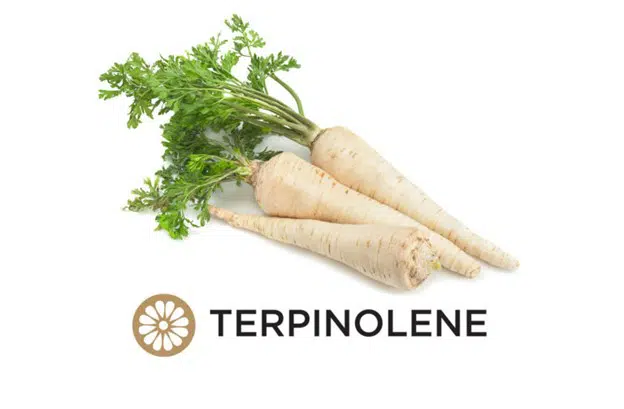
Terpinolene boasts a fresh herbal-citrus aroma. It’s commonly found in plants known for pleasant fragrances, such as rosemary, conifers, lilacs, and apples. Human studies have identified terpinolene as a potential antioxidant, and animal studies have found it to have sedative properties. Terpinolene might eventually be used to decrease cell proliferation associated with cancer.
Humulene
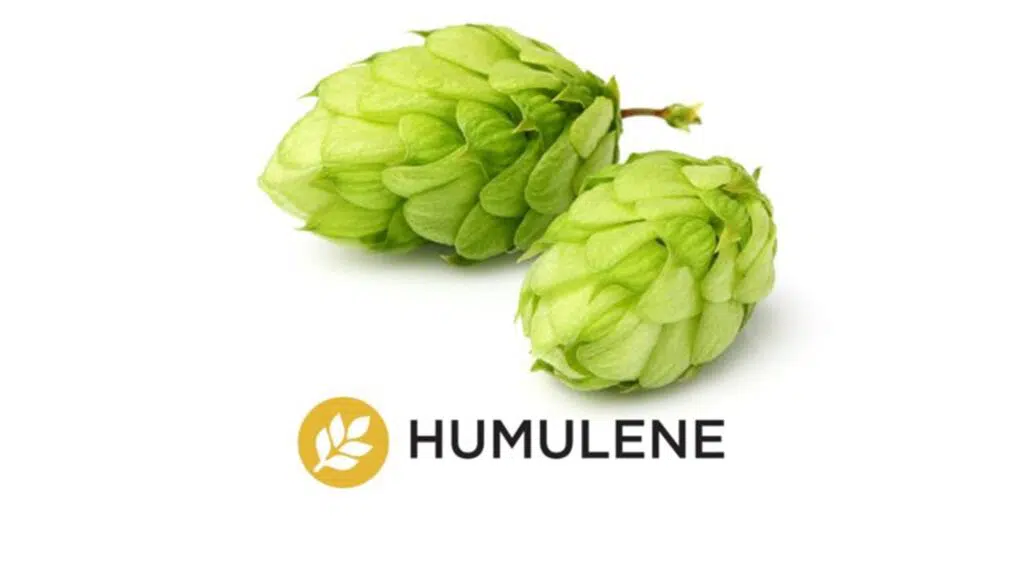
Humulene is a common cannabis terpene that’s predominant in hops. It’s also present in sage, clove, basil, black pepper, and ginseng, and carries a corresponding hoppy aroma. Research has indicated that humulene may be an effective topical anti-inflammatory and pain reliever in mice.
Linalool
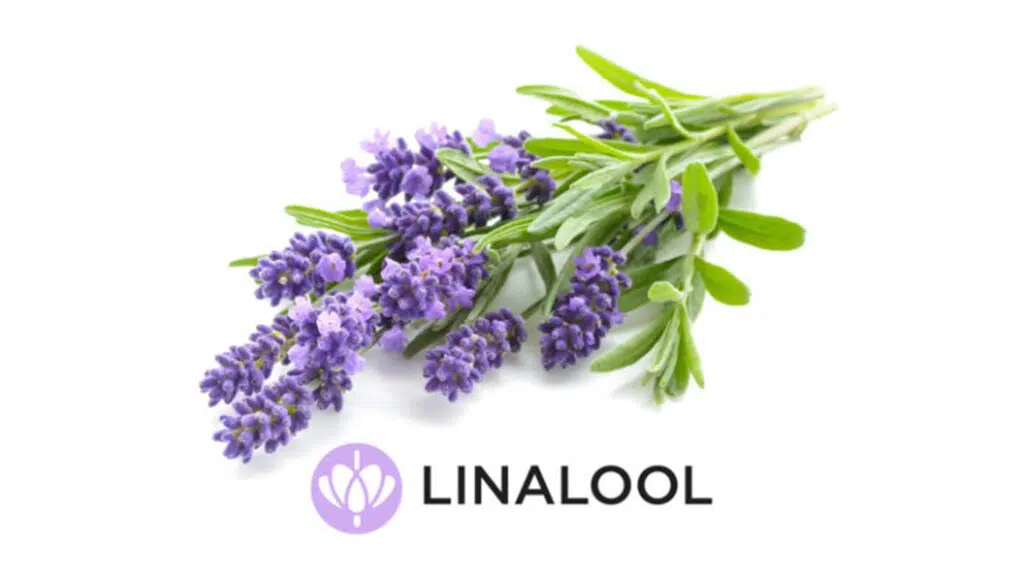
Linalool is found in rosewood, bergamot, coriander, rose, jasmine, and lavender. It carries a very pleasant floral aroma, and is often used in soaps and perfumes.
In addition to potentially reducing inflammation and inflammatory pain like several other terpenes, linalool has some unique potential health benefits. It’s been found to inhibit the growth of fungal infections outside the human body, particularly as they arise from the yeast infection candida. It also has anticonvulsant effects in seizure models as well as sedative properties.
Ocimene
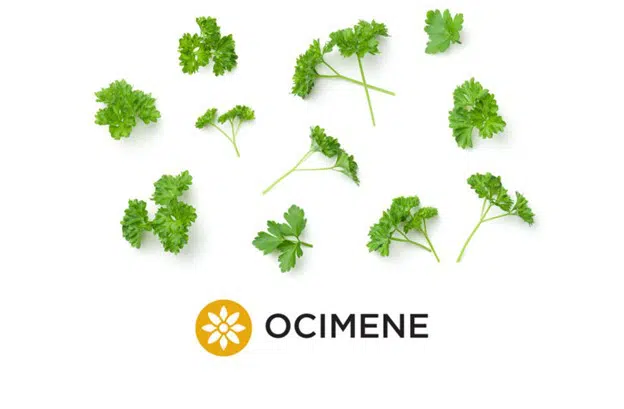
Ocimene has a strong, sweet, herbal scent and a boiling point of 212 degrees Fahrenheit (100 Celsius). It’s found in a wide variety of plant life, including mint, mangoes, basil, and orchids. Omicene can act as an anti-inflammatory and may have antiviral and antifungal properties.
Nerolidol
Nerolidol is characterized by a singularly woody aroma. It is used in a wide variety of cosmetic and cleaning products and has been studied for its potential as an antifungal, antioxidant, anti-microbial, and anti-inflammatory agent. Nerolidol may even help other drugs penetrate the skin for more effective topical delivery.
Bisabolol
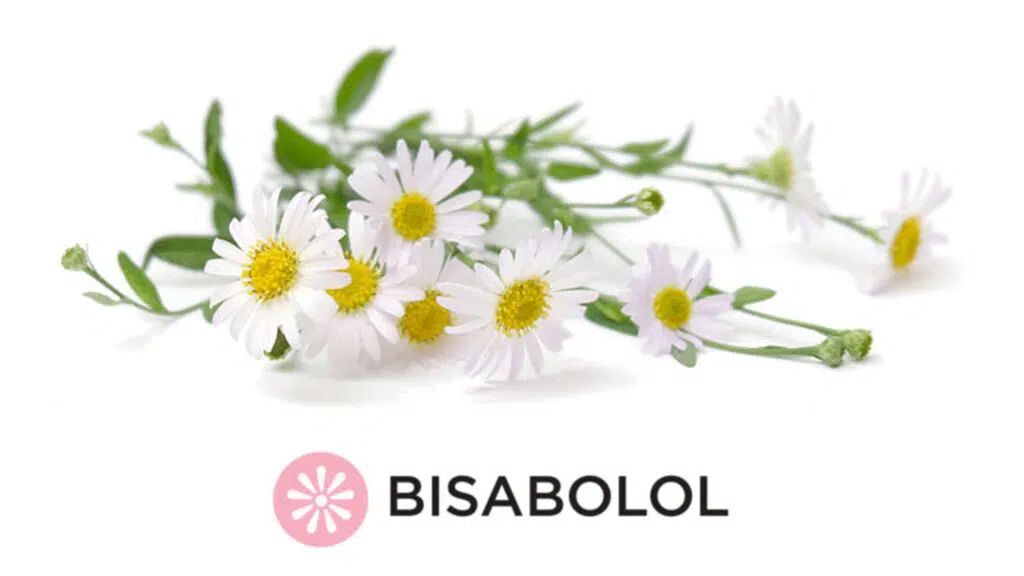
Bisabolol has a mild floral scent, making it a common ingredient in fragrances and cosmetics. Bisabolol has long been thought to heal the skin. Animal studies have shown that bisabolol may specifically reduce skin inflammation.
Guaiol

Guaiol is found in guaiacum and cypress pine. It has a quintessentially piney aroma. Guaiol has been identified as a potential antimicrobial in lab studies, as well as an inhibitor of lung cancer cell growth. Guaiol is also a central component of essential oils in Xylopia sericea fruits that have potential antibacterial and antioxidant properties.
The nose knows
Cannabis cultivated and cured to the highest standards typically exhibits a pungent yet pleasant aroma. Flowers emitting a strong fragrance are commonly referred to as “dank” or “loud.”
Aroma and flavor are subjective, and different aromas will appeal to different people, but some of the most popular strains smell like skunk, diesel, and pine. Grassy is often used to describe the smell of low-quality flower, but a grassy aroma doesn’t necessarily denote poor quality. A distinct, pungent, and unmistakable aroma — regardless of its particular flavor — is evidence of terpenes hard at work within the cannabis plant.
Other terpene sources and how they compare to cannabis
Terpenes are the primary components of essential oils — aromatics responsible for a plant’s regeneration, oxygenation, and immunity defense. Essential oils, extracted from a variety of plants and foods, have been used for medicinal purposes for thousands of years.
There’s no recognizable difference, for example, between isolated caryophyllene from hops or from cannabis. However, there is a difference between the other compounds at play in cannabis. Further research is needed to know exactly how the effects of cannabis terpenes compare with terpenes from other sources. What we have discovered is that cannabis terpenes support other cannabis molecules in producing desired effects.
Where are terpenes found on the cannabis plant?
You’ve probably noticed the tiny glandular hairs that cover the surface of cannabis plants, giving them a crystal-like sheen and sticky feel. They’re called trichomes, and they’re responsible for terpene production in cannabis. Trichomes contain resin glands that make terpenes and cannabinoids such as tetrahydrocannabinolic acid (THCA) and cannabidiolic acid (CBDA), which turn into tetrahydrocannabinol (THC) and cannabidiol (CBD), respectively, when decarboxylated. In other words, almost everything a user wants from cannabis, including terpenes, are found in trichomes all over the plant’s surface.
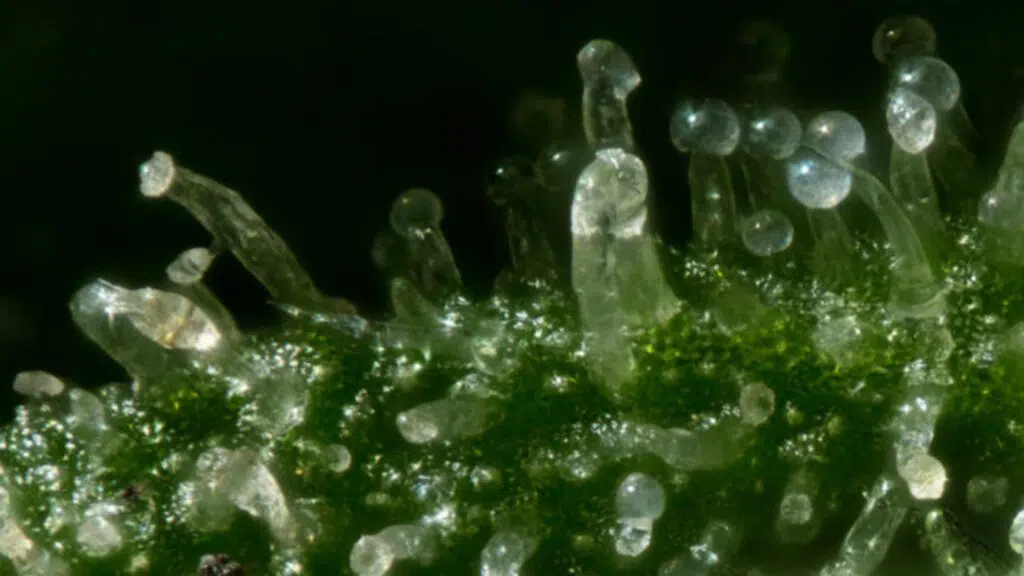
Trichomes are tiny glandular hairs that cover the surface of cannabis plants, giving them a crystal-like sheen and sticky feel.Photo by: Gina Coleman/Weedmaps
Why does the plant produce terpenes?
Terpenes are created by plants to protect against herbivores, insects, and other environmental dangers. They’re also responsible for a plant’s regeneration and oxygenation. In light of these functions, it makes sense that some serve as potential immunity boosters in humans. It appears that terpenes may be providing immunity defenses in both the people who consume these aromatic compounds and the plants that produce them.
Content Source: Weedmaps

